Agriculture in Transition in the West Texas Plains
As in much of the Great Plains, farmers here are adapting to new conditions.
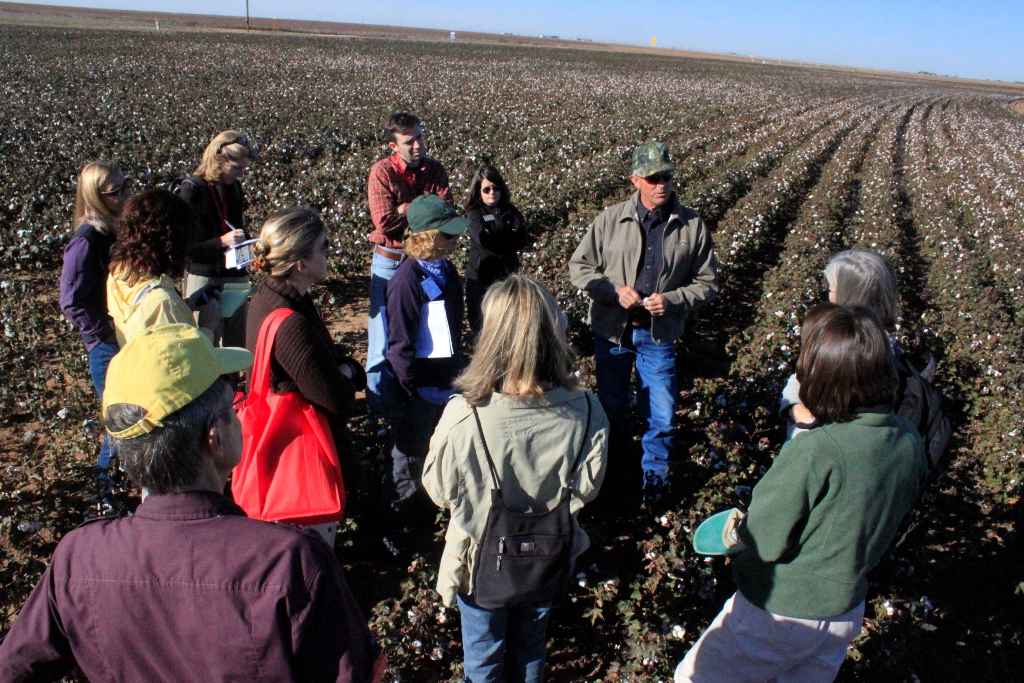
The Euclidian scrape of the West Texas plains is both mesmerizing and terrifying.
Mesmerizing in their simplicity–cotton field, billboard, intersection, repeat–the infinite plains rouse in me a psychological near-panic.
Growing up in Virginia’s Shenandoah Valley and now living in Seattle where I see craggy mountain ranges to the east and to the west, I think to myself: how can people live in such flatness? What can you daydream about when there looks the same as here?
I’m in Lubbock, Texas this week for the 22nd annual conference of the Society for Environmental Journalists. Psychogeography was on my mind yesterday on the bus as some of us took a field trip two hours north to explore a more basic question: how do farmers here in the center of U.S. cotton production make a living where there are no perennial rivers?
Like in much of the Great Plains, salvation lies below. The Ogallala Aquifer, one of the world’s great stores of groundwater, pushes down into West Texas. (In September I wrote about how farmers in Kansas are managing their section of the Ogallala.) In a region where average annual rainfall is 45 cm (18 in) and where devastating droughts occur, groundwater makes large-scale agriculture and big crop yields possible.
What we found on the trip is a fascinating example of farmers confronting a Medusa’s wig of water management challenges: climate change, a shrinking aquifer, rising energy, fuel and seed costs, and the necessity of adaptation. The farmers we talked to have changed their practices by using water more efficiently and by adopting no-till farming, which reduces evaporation by protecting soil moisture.
“A lot of things for farmers are out of your control,” said Steve Verett, the executive vice president of the Plains Cotton Growers Incorporated, a producer group. “We have to adapt. And that’s what we’re going to do.”
It’s a story I’ll tell here on Circle of Blue in the next few weeks.
Brett Walton
Circle of Blue reporter
Brett writes about agriculture, energy, infrastructure, and the politics and economics of water in the United States. He also writes the Federal Water Tap, Circle of Blue’s weekly digest of U.S. government water news. He is the winner of two Society of Environmental Journalists reporting awards, one of the top honors in American environmental journalism: first place for explanatory reporting for a series on septic system pollution in the United States(2016) and third place for beat reporting in a small market (2014). He received the Sierra Club’s Distinguished Service Award in 2018. Brett lives in Seattle, where he hikes the mountains and bakes pies. Contact Brett Walton

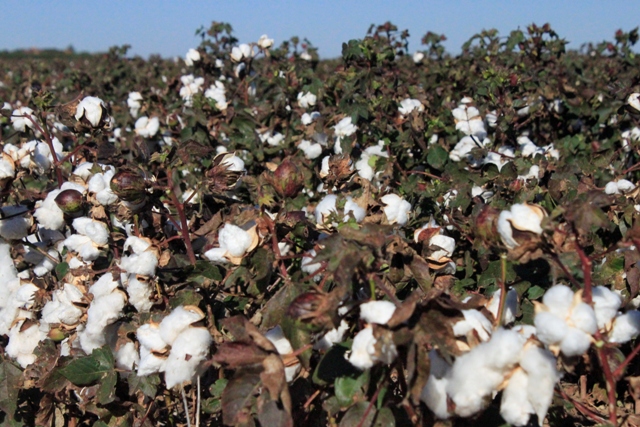

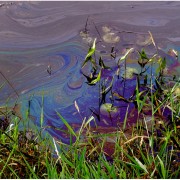
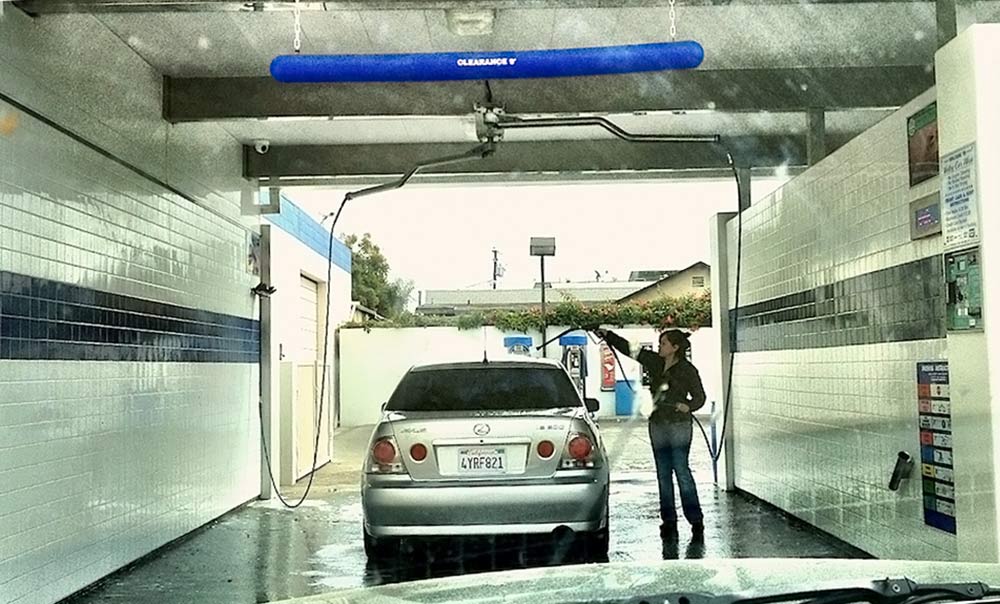



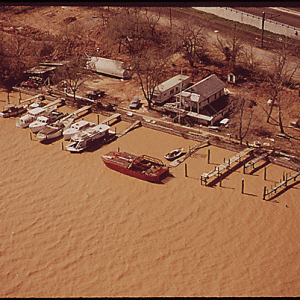
It is funny your goal is to save the farms, from the farmers I tealkd to they are all in agreement in support of the pipeline. Also it is ironic that you are all flying in from all over the country to protest fossil fuel, what do think is fueling your planes.Reminds me of a pic that has been going around the web, shows a protest like yours and a guy is holding up a sign stating he does not use fossil fuels, he rides a bus. In my opinion this is a political rally only.